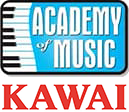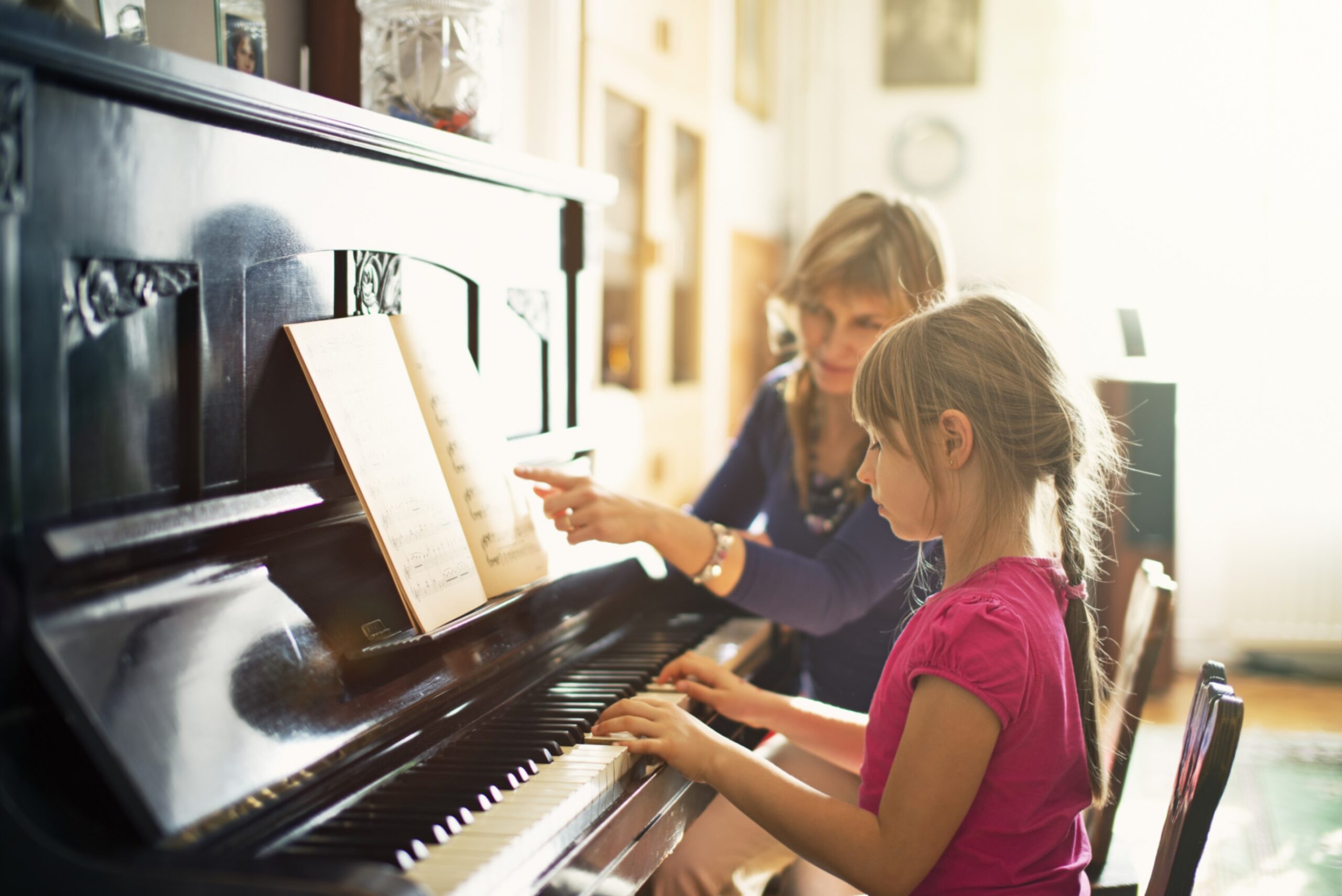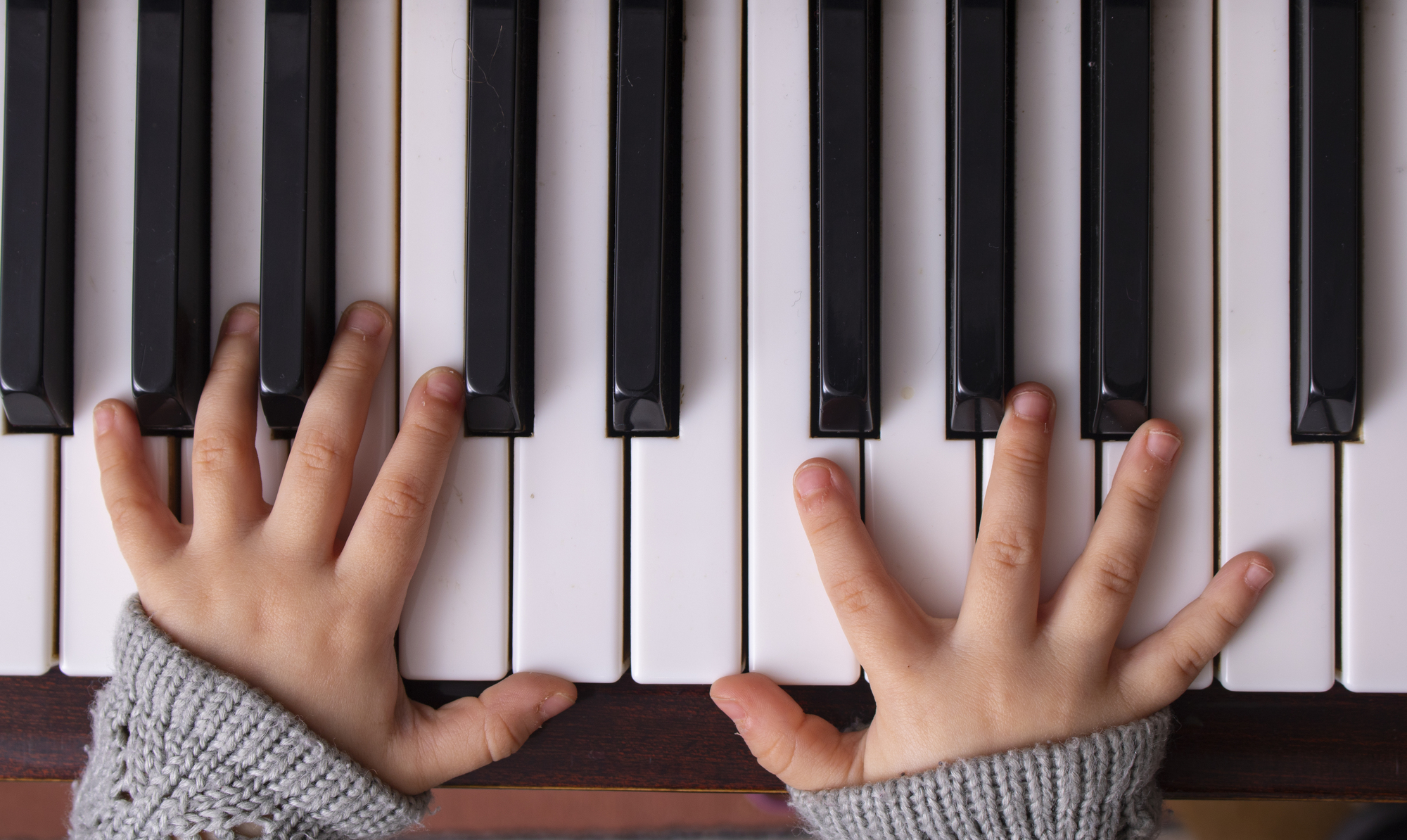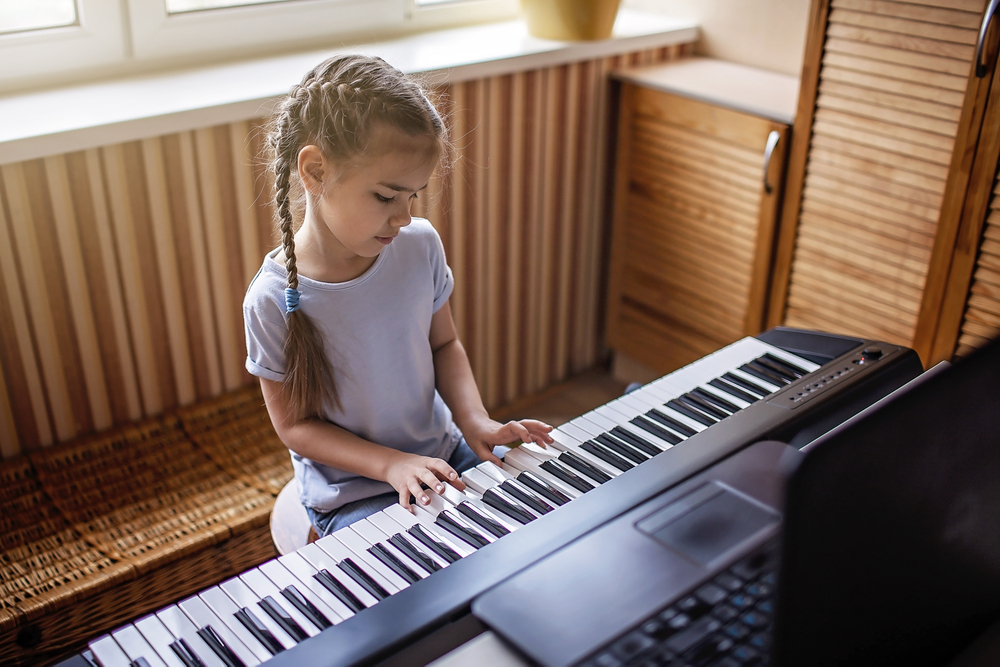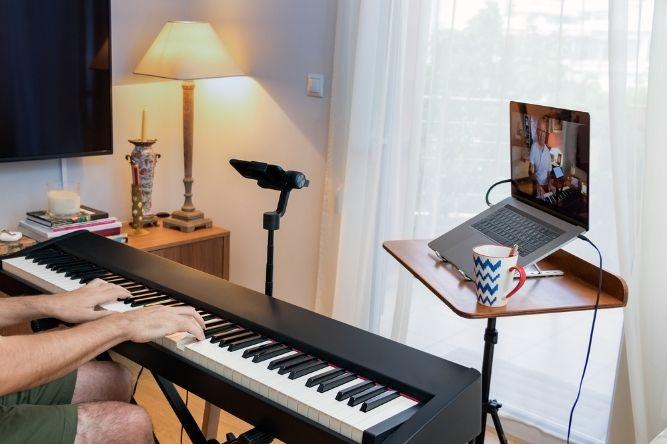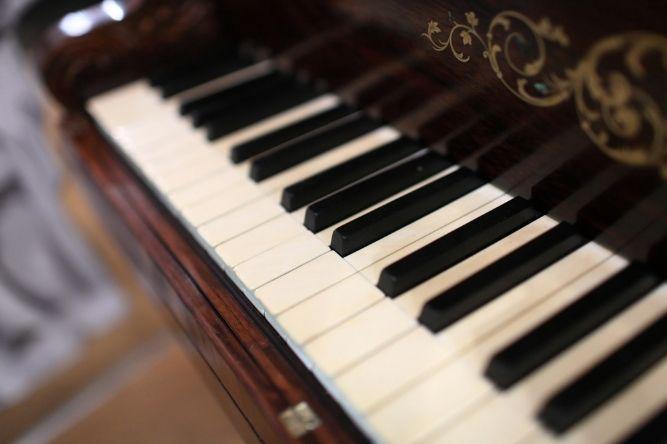Learn to play piano by ear vs reading music
Can someone learn to play the piano by ear instead of reading music? What is easier, playing by ear or reading music? Is one better than the other? These are questions that I often get asked as a professional musician and educator. It is possible to learn to play the piano by ear, even if you don’t think you have a good ear. You can train your ear with proper guidance along with learning some [...]

